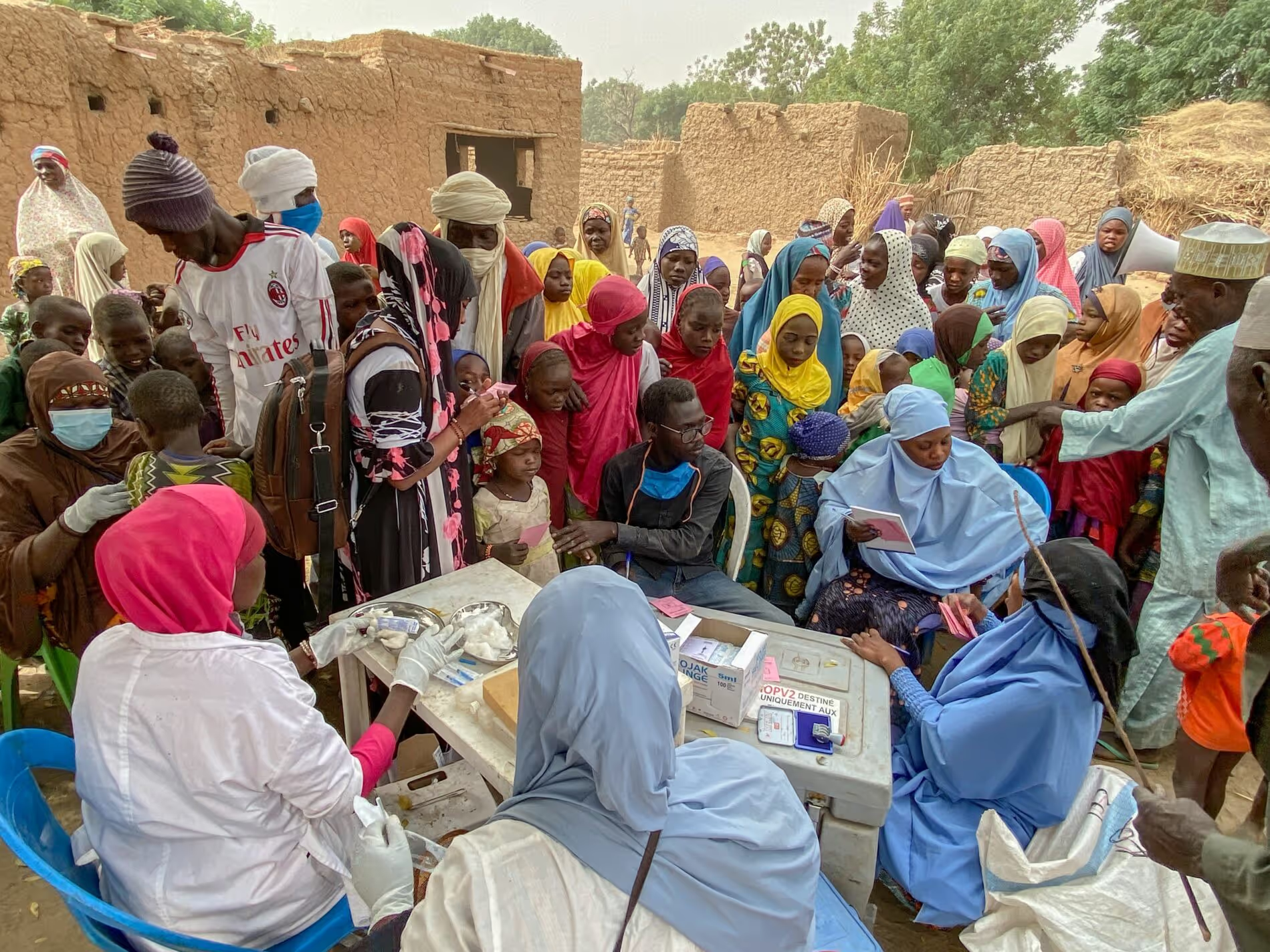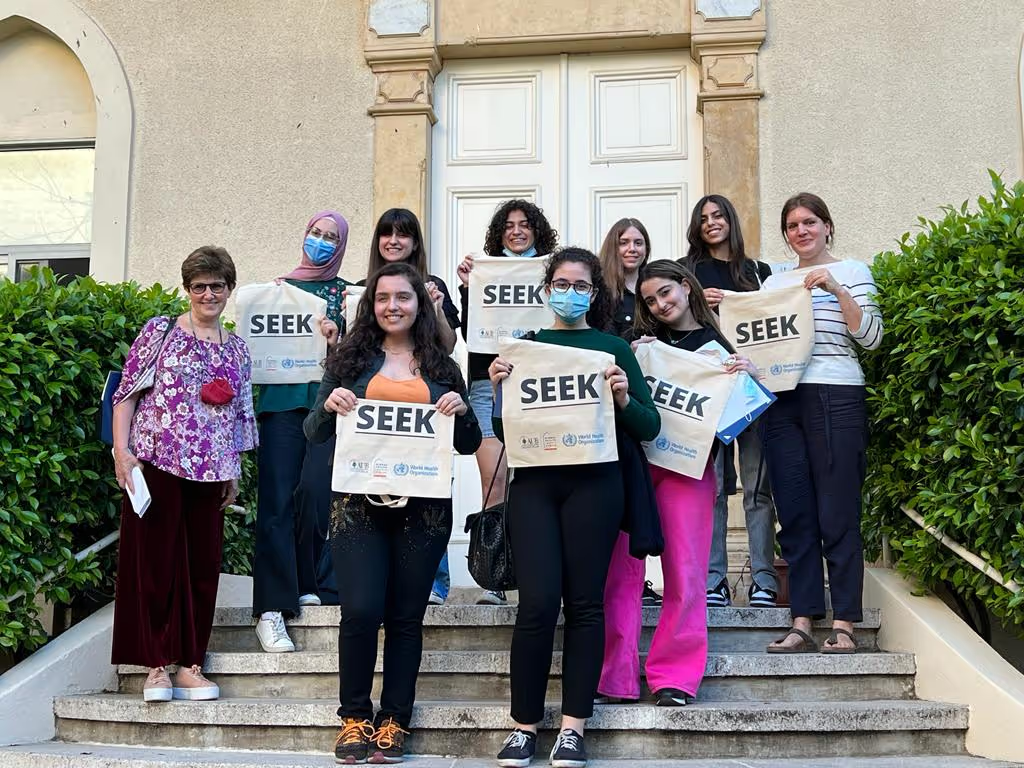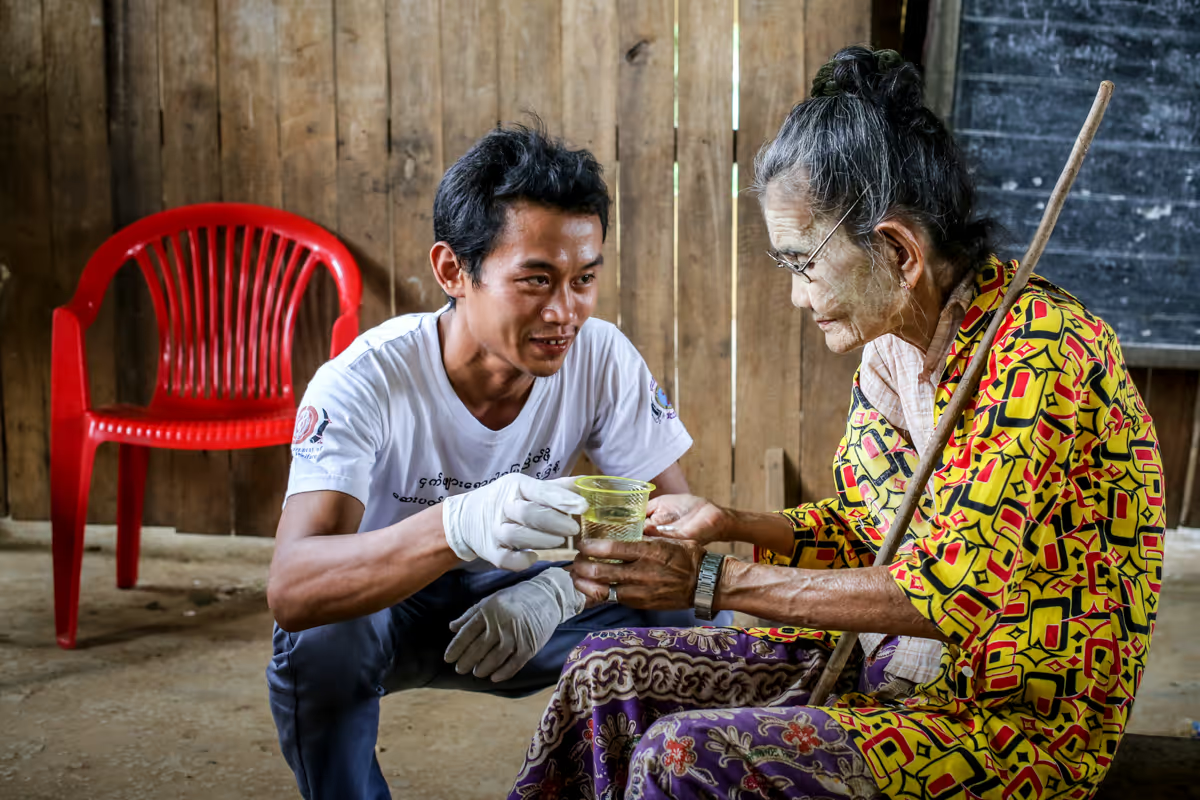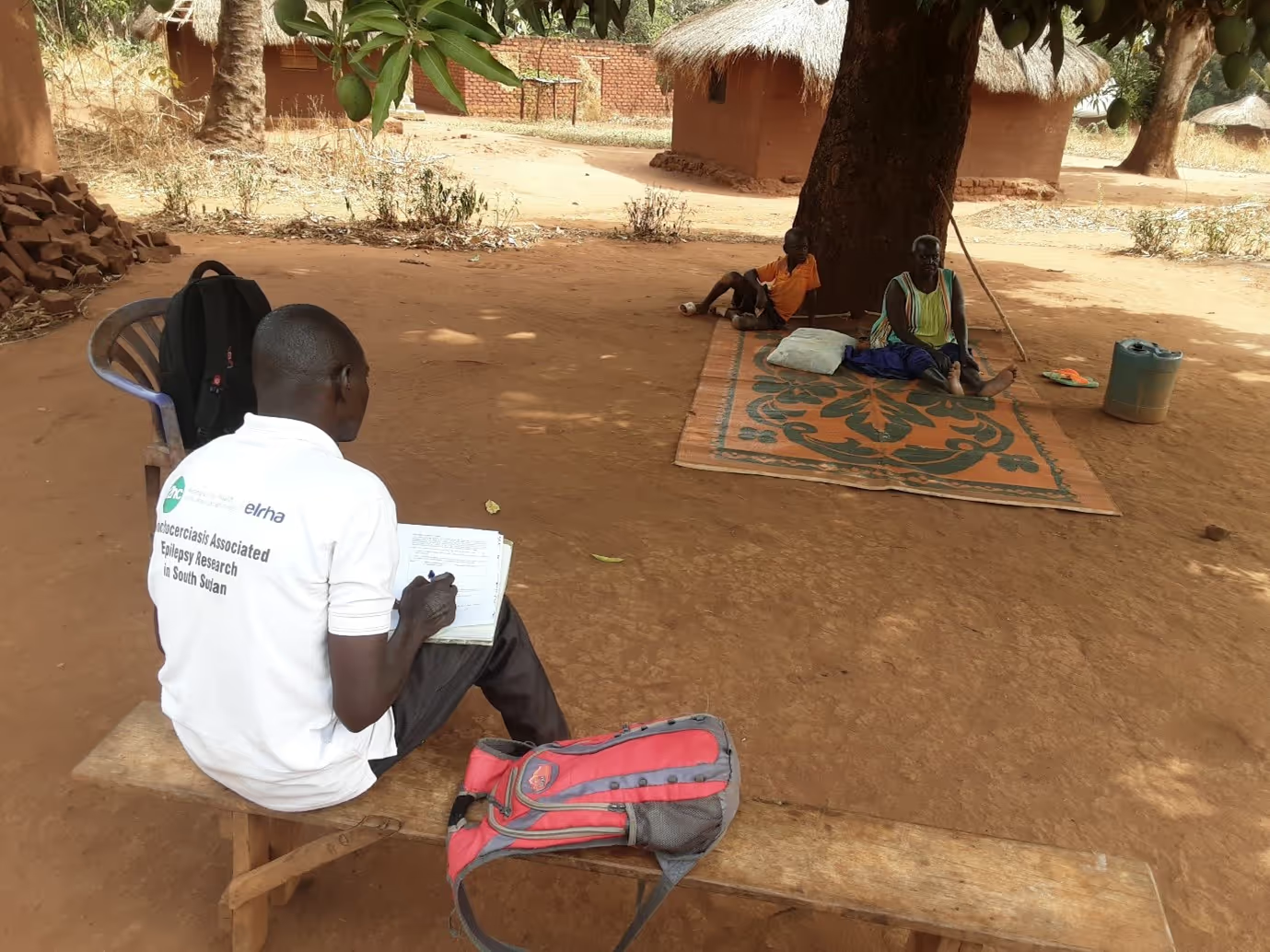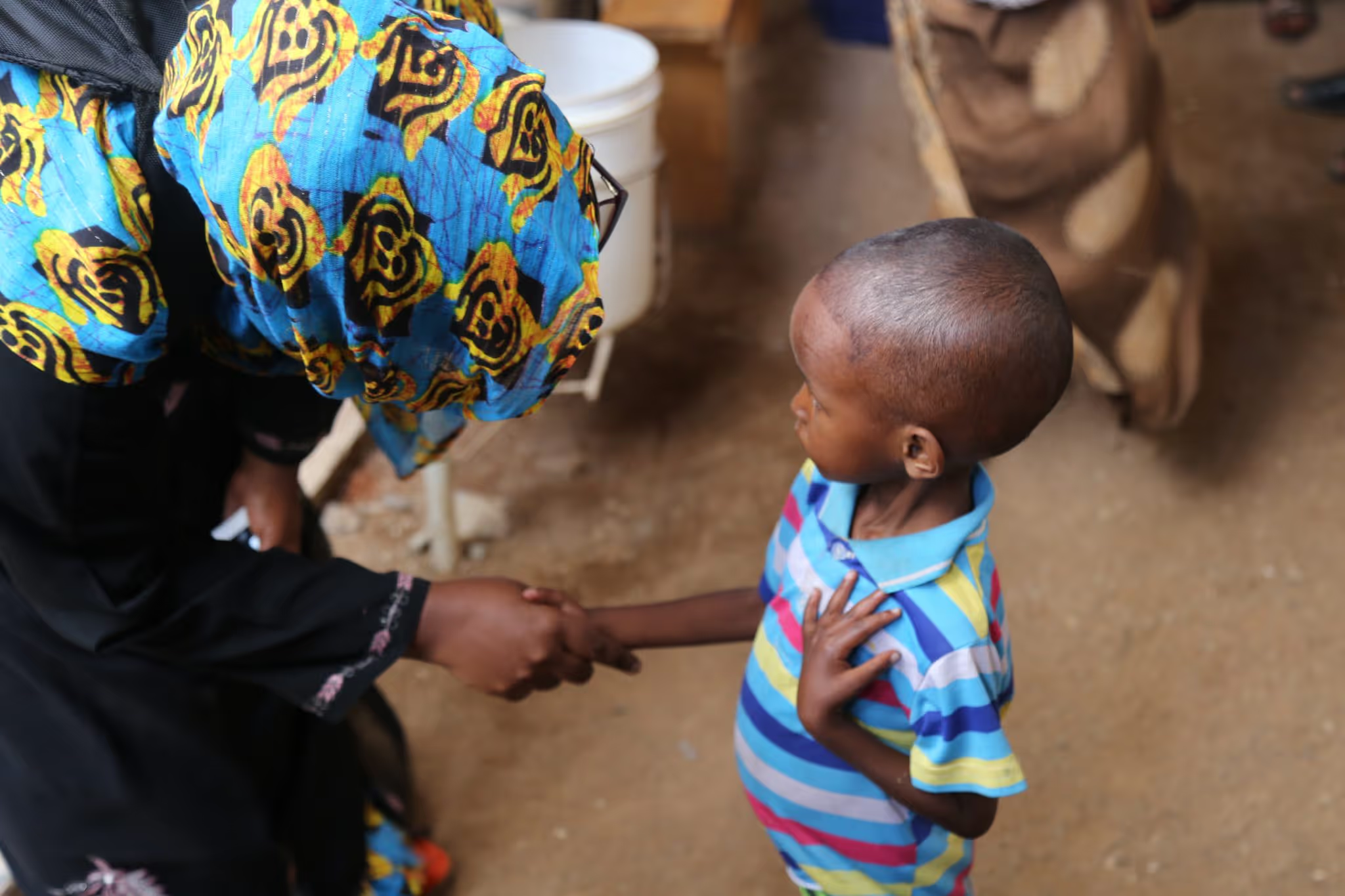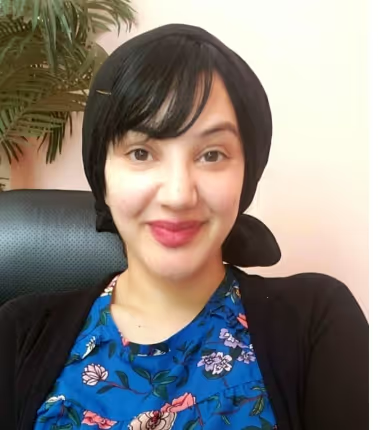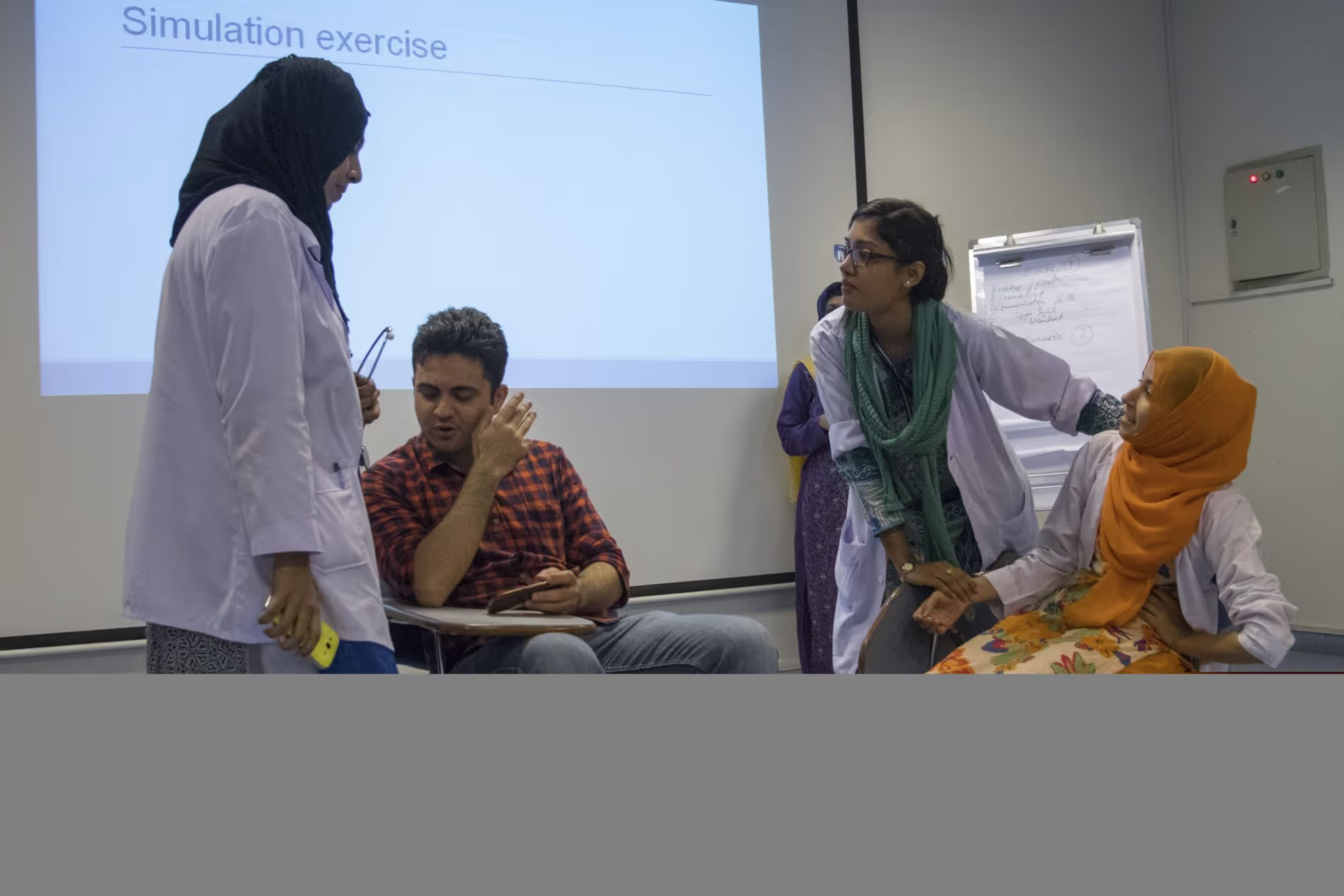Long-term effects of an adolescent girls programme in Wajir, Kenya
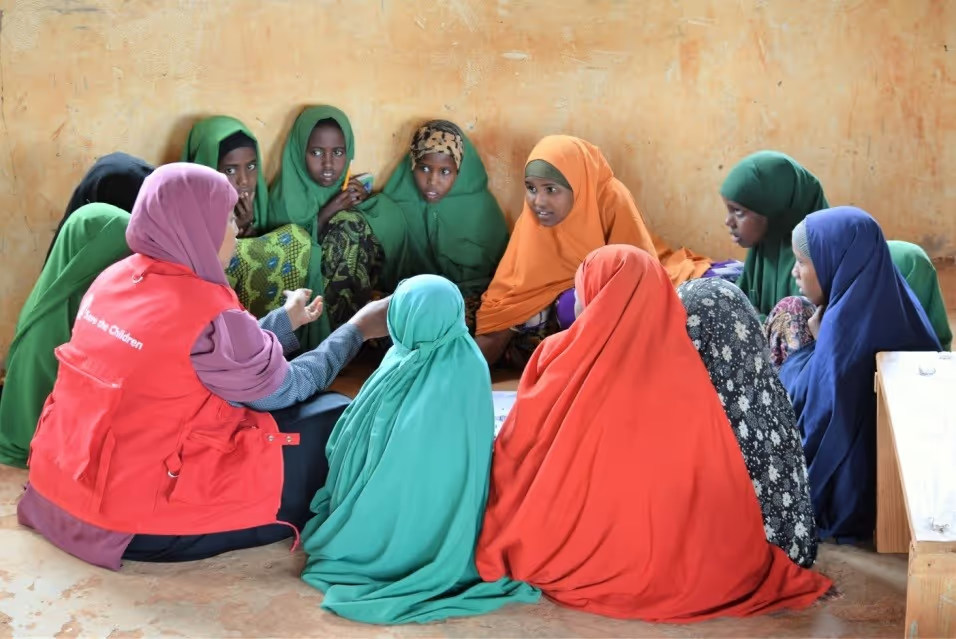
Project overview
This study evaluated the impact of a multi-sectoral programme for young adolescent girls in a drought-prone area in Kenya on their health and well-being four years after the completion of the programme.
Countries
Kenya
Organisations
Population Council Kenya
Partners
Population Council Kenya, Save the Children, Hunger and Safety Net Programme, African Population and Health Research Centre
Area of funding
Humanitarian Research
Grant amount
£591,717
Start date
01
July
2020
End date
01
December
2023
Project length (in months)
41
Funding calls
Focus areas
No items found.
Topics
Cash transfers
Maternal and child health
Status
Closed
Project solution
This project offers [specific solution or intervention] to tackle [challenge]. By implementing [strategies, tools, or innovations], the project aims to achieve [desired outcomes]. The approach is designed to [specific actions or methods] to bring about meaningful change in [community, region, or issue area].
Expected outcomes
This project aims to achieve [specific outcomes], such as [measurable results, improvements, or changes]. The expected impact includes [benefits to the target community, advancements in research or innovation, or long-term effects]. By the end of the project, we anticipate [specific changes or milestones] that will contribute to [broader goals or objectives].
Principal Investigators: Dr. Karen Austrian and Dr. Beth Kangwana (Population Council Kenya)
RESEARCH SNAPSHOT: IMPACTS OF CASH-PLUS PROGRAMMES ON CHILD MARRIAGE
A cluster randomised controlled trial in Wajir County, Kenya demonstrates that multisectoral cash-plus interventions can significantly reduce the incidence of adolescent childbearing and marriage.
[.cta_link]View the Snapshot[.cta_link]
What did the study set out to achieve?
This study aimed to evaluate the long-term health effects, including delayed pregnancy and improved birth outcomes, of a multi-sectoral programme for young adolescent (11-14 years) girls living in drought-affected areas in Kenya. The interventions were implemented between 2015-17 as part of the Adolescent Girls Initiative - Kenya (AGIK). The aim of understanding the impact four years after the end of the intervention was to help policy makers determine a suite a of evidence based programmes that can help girls in the short and long term.
A randomised controlled trial with 2,147 girls from 80 villages was successfully completed. The interventions evaluated were:
- V group: Violence prevention only (control group);
- VE group: Violence prevention + education/ conditional cash transfers (CCT);
- VEH group: Violence prevention + education/CCT + health clubs; and
- VEHW-group: Violence prevention + education/ CCT + health clubs + wealth creation.
The study had also planned to assess the benefits for any children that have been born to girls in the research sample, however this was not completed due to the current small number of in-school adolescents having children. This could be a topic for future research as more girls finish school and start having their families.
What were the key findings?
AGI-K was successful at reducing the incidence of adolescent childbearing and marriage.
When compared to the control group (V-only group), among girls who were out of school at baseline, girls in the three arms with a conditional cash transfer (CCT) were almost three times as likely to be in school (45% vs. 16%), half as likely to be married (30% vs. 50%), and a third as likely to have had their first child (16% vs. 45%), than girls in the control group.
Four years after the intervention ended (2021) the positive results were sustained. Girls who were out of school at baseline, across the three groups with a CCT, were two thirds less likely to be married (48% vs. 68%) and have had their first child (36% vs. 52%), and five times as likely to be in school (36% vs. 7%). Girls in the programme were significantly less likely to have had a still birth (3% in VEHW compared to 10% in V-only).
What does this mean for policymakers and practitioners?
The study demonstrates that multisectoral and multilevel programming can significantly reduce the incidence of adolescent childbearing and marriage, which is likely to result in reduced adolescent deaths, improved child health outcomes and improved economic empowerment.
It also indicates that it is effective to incorporate short-term cash transfers as a component of adolescent multi-sectoral and multilevel programming, that is delivered during early adolescence. All three intervention groups that showed significant findings had a CCT component. The study demonstrated that cash transfers can still be effective in the long term if delivered only during early adolescence which is a critical window of vulnerability.
The results indicate that there is potential to use the AGI-K model to improve health and well-being outcomes for marginalized adolescent girls residing in humanitarian and drought-prone settings, experiencing low-school enrollment rates, high prevalence of child marriages and early pregnancies.
What impact has the study achieved?
Findings from the study led to funding to test the scale-up of AGI-K in Wajir county, and informed Kenya's first National Adolescent Health Policy.
Under the uptake and impact small grant the team conducted two workshops to understand how the AGI-K programme components could be integrated into the programming of other drought-prone counties and of humanitarian organisations in refugee camps in Kenya.
The workshop with government members resulted in a proposal to scale AGI-K in one additional county. It also provided an opportunity to validate the new Adolescent Health Policy whilst highlighting the national government's commitment to addressing health issues affecting adolescents, including child marriage and early pregnancies.
The workshop with humanitarian actors resulted in new potential partnerships for Population Council Kenya as they explore opportunities to understand how AGI-K components could be useful in Kenya's refugee camps as these transition to integrated settlements under the Shirika Plan.
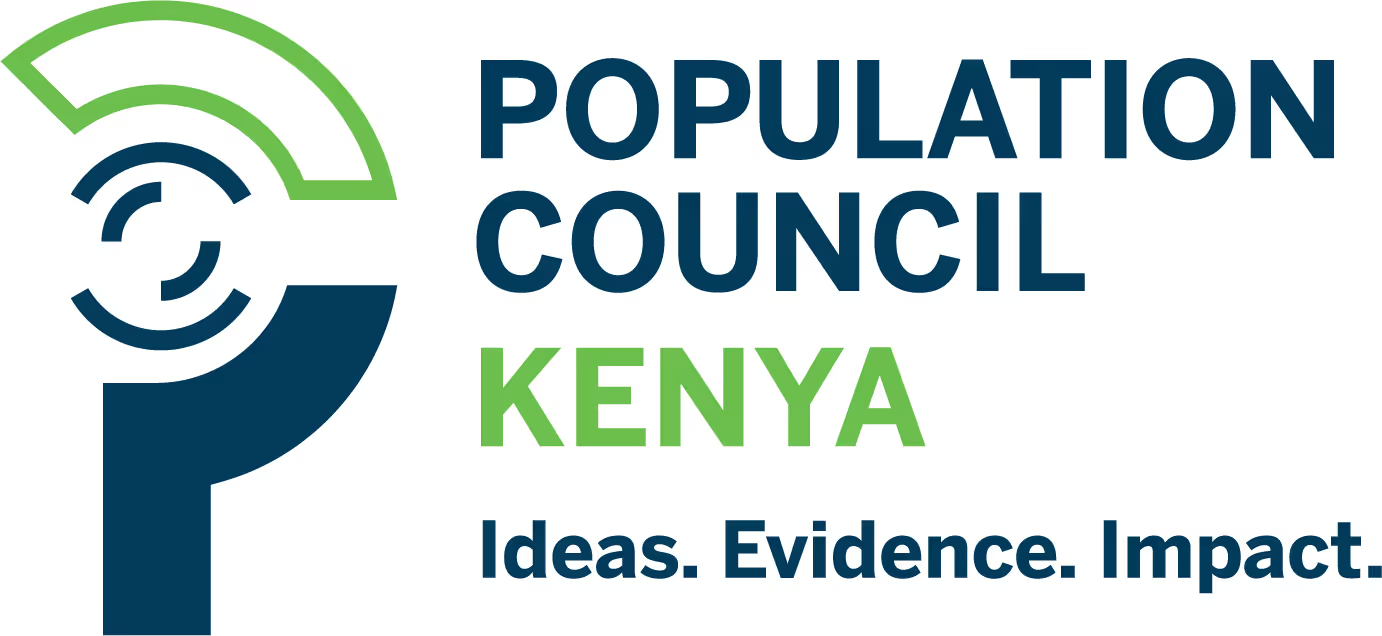
No items found.
Project delivery & updates
Stay up to date with the latest developments from this project. Here, you will find details on what has been delivered, resources created, and regular updates as the project progresses. Access key documents, reports, and other materials to see how the project is making an impact.
No resources/updates have been published yet for this project. Sign up for our newsletter to stay informed about upcoming publications and updates!
Join our Newsletter
Resources
No items found.
Latest updates
No items found.

